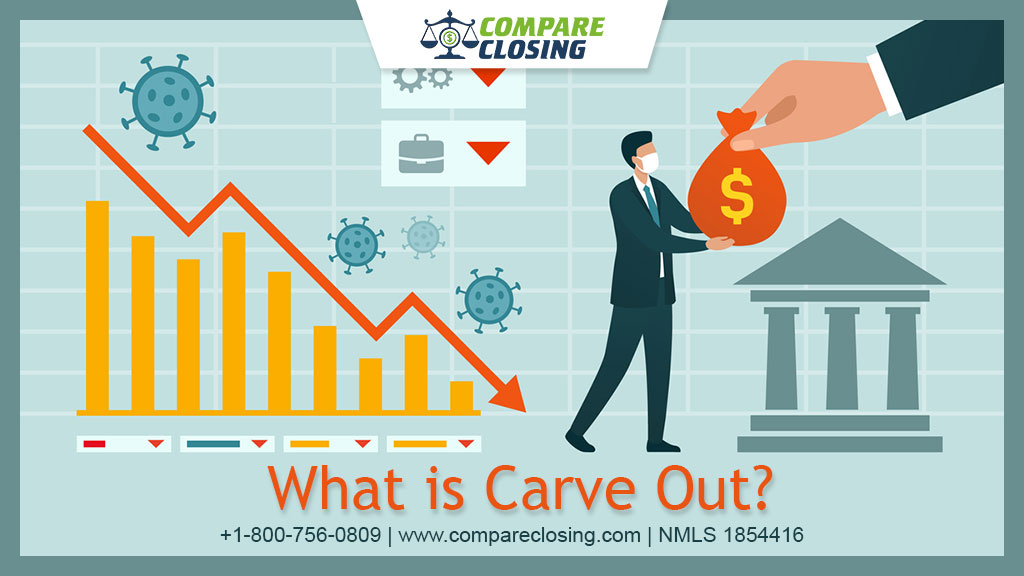Table of Contents
- What Are Netting Escrows & How Does It Work?: The Best Guide - January 2, 2024
- The Secret About Prescriptive Easement: Top Guide 1 Must Know - December 4, 2023
- About Home Equity Loans In Texas And How Can One Obtain It - November 27, 2023
Introduction
In today’s world running a business is a big deal. Managing through operational costs to ensuring proper dividends to the partners and investors, a lot goes into managing a successful business.
Many strategies help a company or a business grow. One such strategy may companies follow is to carve out. In this post, we will understand, what is a carve-out and how it works.
What Is A Carve-Out?
It is a process in which a holding company sells partial subsidiary business interest or investments to public investors. A company going through a carve-out process does not sell the entire business unit.
It only sells part of the equity stake in the business or renounces the control of that business on its own while holding on to the equity stake.
During this type of distribution, the parent company sells part of its shares in its subsidiary to the public through an initial public offering (IPO), thereby effectively establishing the subsidiary as a separate company.
Due to this, the company introduces new shareholders in the subsidiary as the shares are sold to the public.
The holding company receives an adequate amount of cash flow as a result of buying and selling the shares in the public market.
How Does A Carve-Out Work?
In the carve-out process, the holding company sells part of its shares in its subsidiary to the public through an initial public offering (IPO).
As the shares are sold to the public, the distribution also acquires a new group of shareholders in the subsidiary.
The complete divestiture of a subsidiary by the shareholders of the parent company will usually be preceded by carve out.
For such a future spin-off to be exempt from tax, it must meet the 80% control requirement, which means that no more than 20% of the subsidiary’s shareholding can be offered under an IPO.
This type of distribution effectively separates the subsidiary as a business unit from its holding company as a separate company.
The newly formed company has its board of directors and annual financial statements.
However, the holding company usually retains control of the new company and provides strategic support and resources for the new company’s success. Unlike spin-offs, the parent company usually acquires the cash stream through this type of distribution.
For many reasons, a corporation may choose to have a carve-out strategy rather than a full divestiture, and regulatory bodies will consider this when approving or rejecting such a restructuring.
A deeply integrated business unit can make it difficult for a company to sell completely while having a good financial standing.
Those considering a carve-out investment should consider what could happen if the holding company abruptly ends the relationship with the carve-out, and also why the carve-out was established in the first place.
The entire process of this type of distribution could take anywhere between four to six months.
What Are The Pros And Cons Of A Carve-Out?
Pros
- The holding company has control over the subsidiaries even after the distribution of equity. The new group of investors receives only part of its equity. Therefore, there is no risk of competitors entering the company or acquiring a large share and control over the company, which could affect the interest of the holding company.
- Carve-outs help existing companies focus on their core business while helping their subsidiaries to gain a foothold in new markets. The subsidiary company retains a good focus, that was not present earlier.
- Companies that adopt carve out for restructuring can save on capital gains tax compared to companies that go into a full spin-off.
Cons
- The liquidation of the assets does not change the controlling authority of the holding company. Therefore, the subsidiary does not operate independently, even though it has a separate legal existence.
- The different management teams of the two companies can cause problems due to differences in management style and operations. Both holding company and subsidiary may lack coordination.
- Carve-outs are complicated. Its successful implementation is a lengthy process and requires a coordinated and unanimous approach.
- It also includes certain restructuring costs that can sometimes make this activity a costly activity.
Conclusion
Companies have a great deal of monetary potential in a successful carve out. It is suggested for the investors to do their homework before investing in such shares as it could be a potential risk if not researched properly.
Understanding the reason why they carve out was executed and what are the company standing in the current market could be a key to making decision for investment in such subsidiaries.
Amanda Byford
Amanda Byford has bought and sold many houses in the past fifteen years and is actively managing an income property portfolio consisting of multi-family properties. During the buying and selling of these properties, she has gone through several different mortgage loan transactions. This experience and knowledge have helped her develop an avenue to guide consumers to their best available option by comparing lenders through the Compare Closing business.





